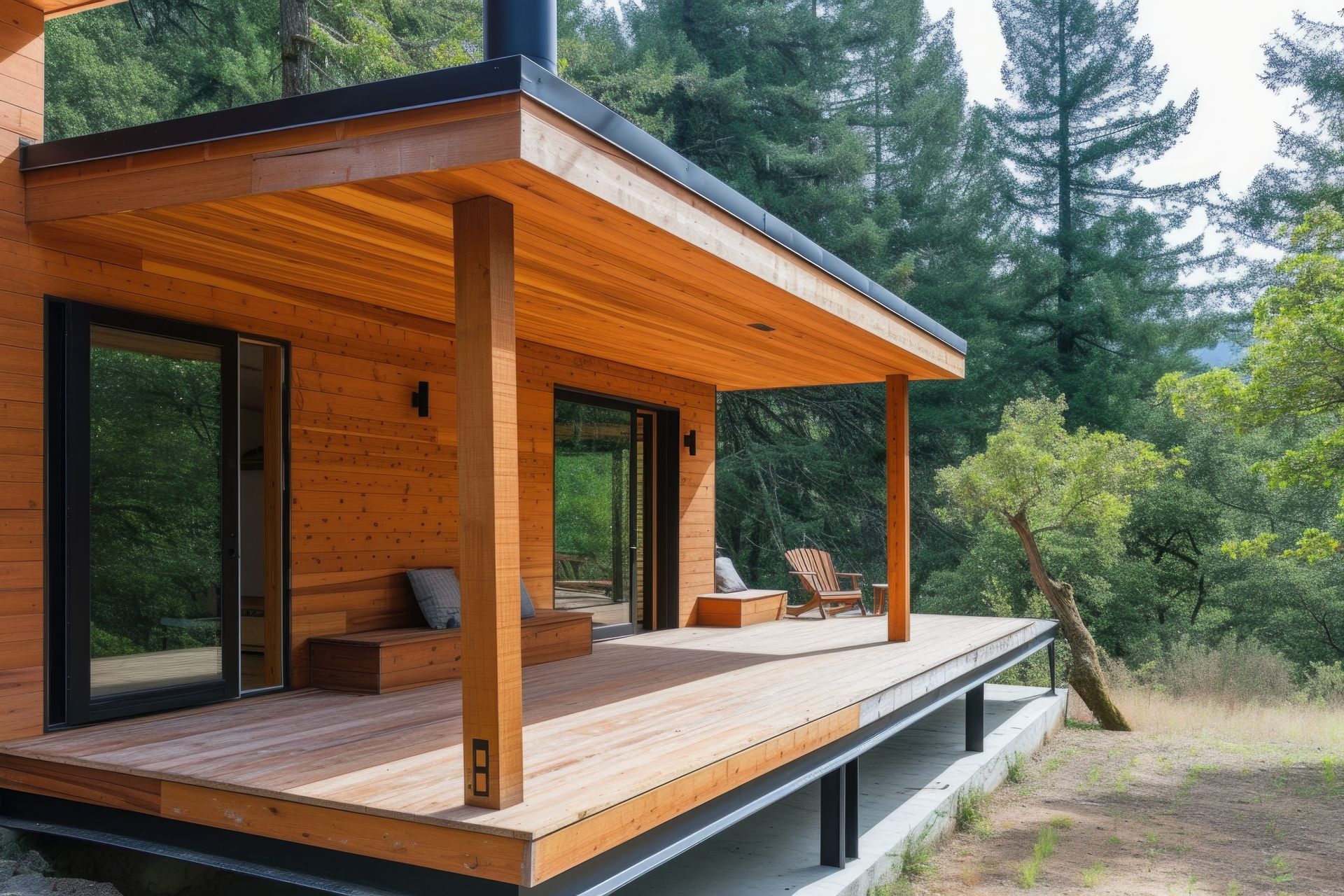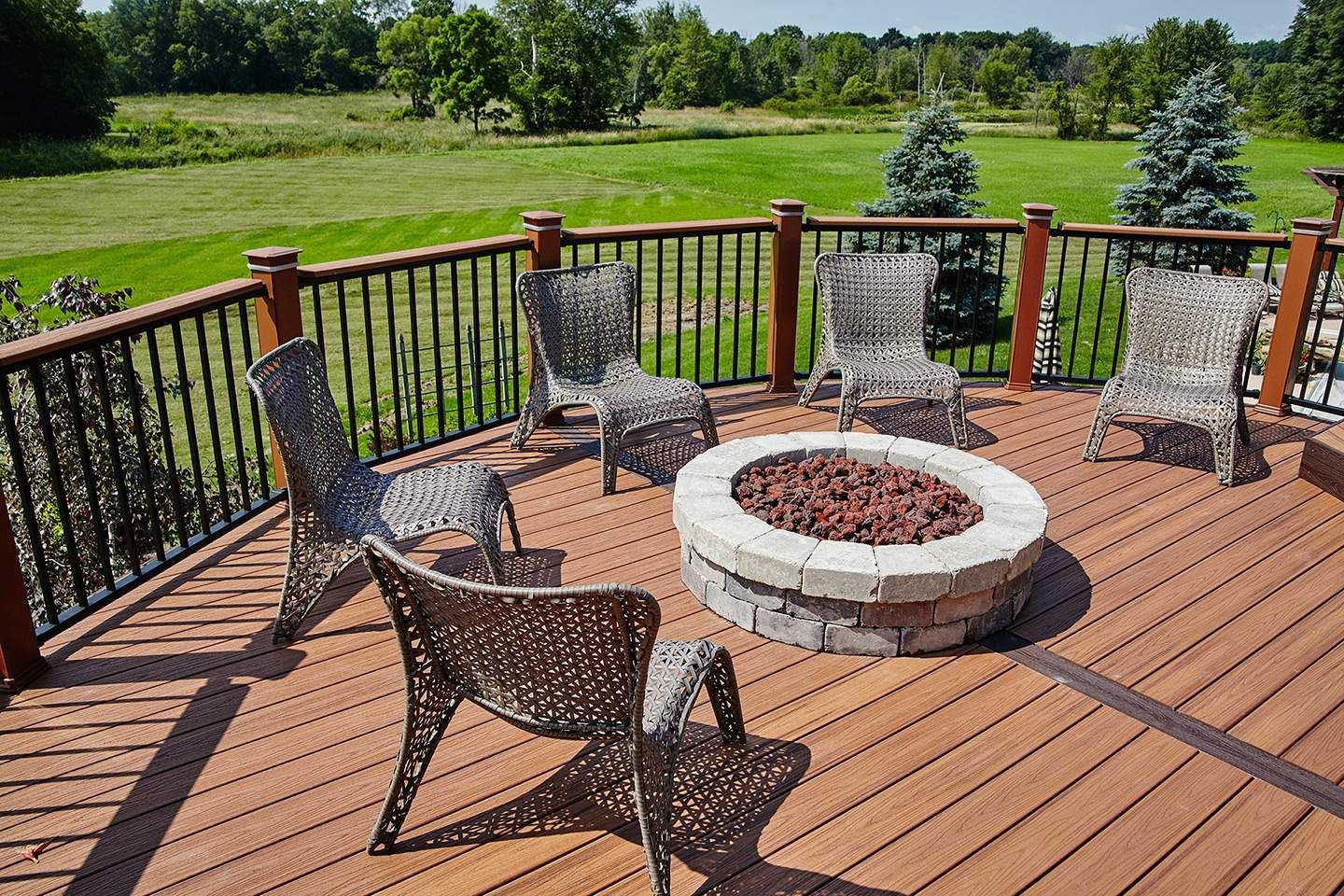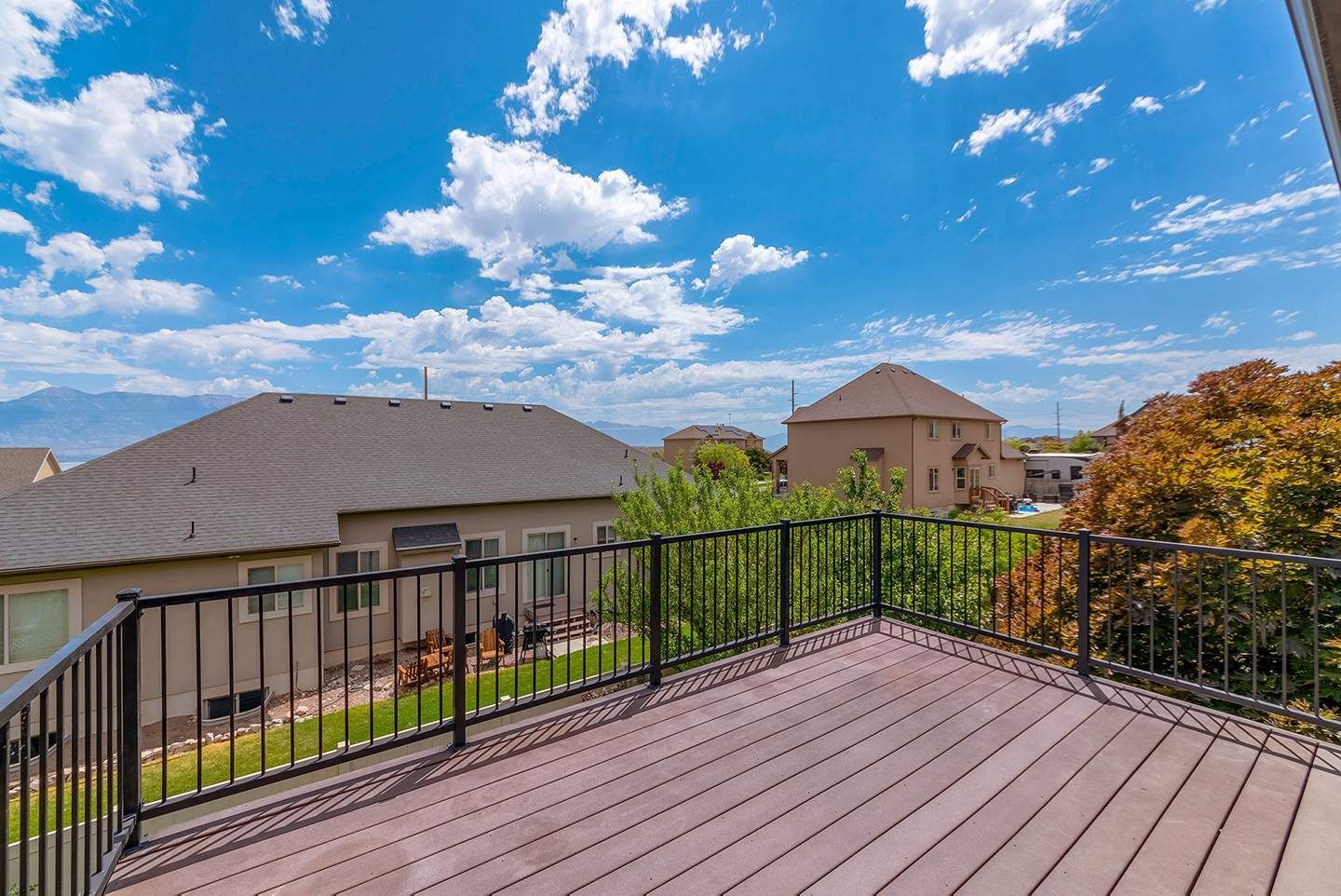The Best Deck Materials for Wisconsin’s Weather: What You Should Know

Table of Contents
- Why Deck Materials Matter More in Wisconsin Than You Think
- Pressure-Treated Lumber: The Affordable Starter Option
- Cedar and Redwood: Rustic Beauty with Trade-Offs
- Composite Decking: The Middle Ground Between Wood and Synthetic
- PVC Decking: Built Tough for Wisconsin Winters
- Side-by-Side: Comparing Deck Durability and Cost
- What Decking Really Costs in the Long Run
- Maintenance Practices That Extend Deck Life
- Choosing the Best Decking for Cold Climates: Our Take
- Key Takeaways
The Smart Way to Extend Your Living Space
Why Deck Materials Matter More in Wisconsin Than You Think
We’ve built decks across Wisconsin for years, and one thing we’ve seen time and again is how fast the weather can chew up outdoor structures. Folks sometimes think any wood will do, but our climate proves otherwise. Heavy snow, ice, summer storms, and temperature swings put every deck to the test.
That’s why choosing the right deck materials isn’t just about what looks good in your backyard—it’s about safety, long-term deck durability, and whether you’ll still love your deck ten years from now. On the other hand, when we use the best decking for cold climates, that same structure can withstand harsh winters and look nearly new for decades. If you’d like to see more about the lifestyle benefits of a quality deck, check out the emotional value of a custom deck.
Pressure-Treated Lumber: The Affordable Starter Option
Let’s start with the one most homeowners know well: pressure-treated wood. It’s usually pine that’s been treated to resist insects and decay, and it’s by far the most affordable way to build a deck. We’ve installed plenty of these over the years, especially for families wanting a budget-friendly backyard upgrade.
The upside is obvious—low upfront cost and easy availability. But here’s the part many people don’t hear until it’s too late: deck durability on treated wood depends almost entirely on maintenance. If you don’t stay on top of sealing and staining, Wisconsin winters will leave you with warped boards and splinters by year three or four.
We had one homeowner in Milwaukee who skipped maintenance for two seasons. By the time we came back, the deck looked ten years old. That’s the reality of treated wood—it can serve you well if you baby it, but it’s rarely the best decking for cold climates when longevity is your top concern.
Cedar and Redwood: Rustic Beauty with Trade-Offs
There’s no denying cedar and redwood make a beautiful deck. Their natural oils give them better resistance to decay compared to pressure-treated wood, and the rich color has a rustic appeal that many homeowners love.
But as much as we appreciate working with cedar, we also warn clients that these woods aren’t invincible. They’re softer than you might expect, which means shoveling snow, dropping furniture, or even kids dragging bikes across the boards can leave marks. Without regular sealing, moisture will creep in, and fading happens faster than most people would like.
Still, for those who want a traditional look and don’t mind a little upkeep, cedar and redwood can be a decent choice. Just know you’re trading lower deck durability for that natural charm.
Composite Decking: The Middle Ground Between Wood and Synthetic
Over the last decade, composite decking has become one of the most popular requests we hear from Wisconsin homeowners. It’s made from a mix of recycled plastics and wood fibers, giving you the texture of real wood with a lot less hassle.
We often recommend composites when families tell us they’re tired of sanding, staining, and sealing. These boards resist warping, splintering, and rot far better than natural wood. And when snow piles up, you don’t have to worry about water seeping in and causing damage the way it does with untreated lumber.
Yes, composites cost more upfront, but when you factor in fewer weekends spent maintaining your deck, the numbers start to balance out. For many of our clients, it’s the sweet spot: strong deck durability, lower maintenance, and plenty of design options. When we talk about the best decking for cold climates, composite is almost always in the conversation.
PVC Decking: Built Tough for Wisconsin Winters
If composite is the middle ground, PVC is the heavyweight champion. Made entirely of synthetic material, PVC boards are practically immune to the issues that plague natural wood. They don’t absorb moisture, they don’t warp, and they hold up beautifully to Wisconsin’s freeze-thaw cycles.
We once replaced a 15-year-old treated wood deck with PVC for a family in Green Bay. Ten years later, their neighbors’ wood decks had been refinished multiple times, but the PVC deck still looked like it was just installed. That’s the difference full synthetic makes.
The main drawback is cost—PVC usually carries the highest price tag. Some homeowners also feel it looks less natural, though newer products have done a great job mimicking real wood grain. For anyone prioritizing deck durability above all else, PVC is hands down the best decking for cold climates.
Side-by-Side: Comparing Deck Durability and Cost
Here’s a quick look at how the main options stack up for Wisconsin weather:
| Deck Material | Durability in Cold Climates | Initial Cost | Overall Look |
|---|---|---|---|
| Pressure-Treated Wood | Fair (needs frequent upkeep) | $ | Classic wood |
| Cedar/Redwood | Moderate, softer woods | $$ | Natural, rustic |
| Composite | Strong resistance to snow/ice | $$$ | Wood-like, modern |
| PVC | Excellent, synthetic | $$$$ | Clean, uniform |
We’ve built with all four, and we’ve seen them perform through Wisconsin winters. The takeaway? If you want long-term performance with minimal headaches, composite or PVC usually win out.
What Decking Really Costs in the Long Run
Upfront cost can be misleading. Yes, pressure-treated wood looks cheap at first glance. But once you factor in stains, sealers, and repairs, the savings start to shrink.
One client we worked with in Madison told us they’d spent almost as much maintaining their wood deck over eight years as their neighbor had spent on a composite deck up front. And while the wood deck was showing its age, the composite still looked sharp.
This is why we always encourage homeowners to think long-term. Spending a little more today often saves money—and frustration—down the road.
Maintenance Practices That Extend Deck Life
No matter what material you choose, a little care goes a long way. For wood decks, sealing and staining every couple of years is non-negotiable. Snow should be shoveled with a plastic shovel to prevent scratches, and furniture should be moved carefully to avoid dents.
Composite and PVC require less work, but they’re not maintenance-free. A good scrub in spring and fall keeps dirt and mildew from settling in. Avoid harsh chemicals or power washing too aggressively, since that can damage the surface finish.
From our experience, homeowners who follow these basic practices easily add five to ten extra years of life to their decks. That’s the difference between frustration and satisfaction.
Choosing the Best Decking for Cold Climates: Our Take
At the end of the day, there’s no one-size-fits-all answer. If budget is your top priority and you don’t mind the upkeep, pressure-treated lumber can get you started. If you want natural beauty and are willing to maintain it, cedar or redwood might work.
But if you ask us—as contractors who’ve worked through countless Wisconsin winters—composite and PVC are where you’ll see the best return. Their deck durability is unmatched, and they truly are the best decking for cold climates.
We’ve seen too many wood decks age before their time. Investing in better deck materials from the start gives you peace of mind, fewer weekends spent with a paintbrush, and a deck you’ll actually enjoy year after year.
If you’re thinking about building or replacing your deck and want guidance from a team that knows Wisconsin weather inside and out, contact Lakeside Deck Builders today.
Frequently Asked Questions
1: Why do deck materials matter so much in Wisconsin?
We’ve seen firsthand how Wisconsin’s harsh weather affects decks. Choosing the right deck materials helps prevent warping, rot, and early wear. With smart choices, we can build decks that last longer and keep your outdoor space safe and beautiful.
2: How can we improve deck durability in cold climates?
We always remind homeowners that deck durability comes from both material and maintenance. By choosing composites or PVC and following seasonal care, we make sure your deck withstands Wisconsin’s freeze-thaw cycles for years to come.
3: What’s the best decking for cold climates?
From our experience, the best decking for cold climates is usually composite or PVC. These options resist moisture, snow, and ice far better than wood, giving you peace of mind and a deck that looks great with less upkeep.
4: Can wood still offer good deck durability?
Yes, wood can provide decent deck durability if properly maintained. Pressure-treated lumber, cedar, and redwood all work, but they need regular sealing and care to stand up to Wisconsin winters.
5: Why should we consider composite or PVC deck materials?
We recommend composite or PVC deck materials when homeowners want low maintenance and long-lasting performance. They’re the best choices for Wisconsin’s climate and offer excellent deck durability with minimal effort.



